
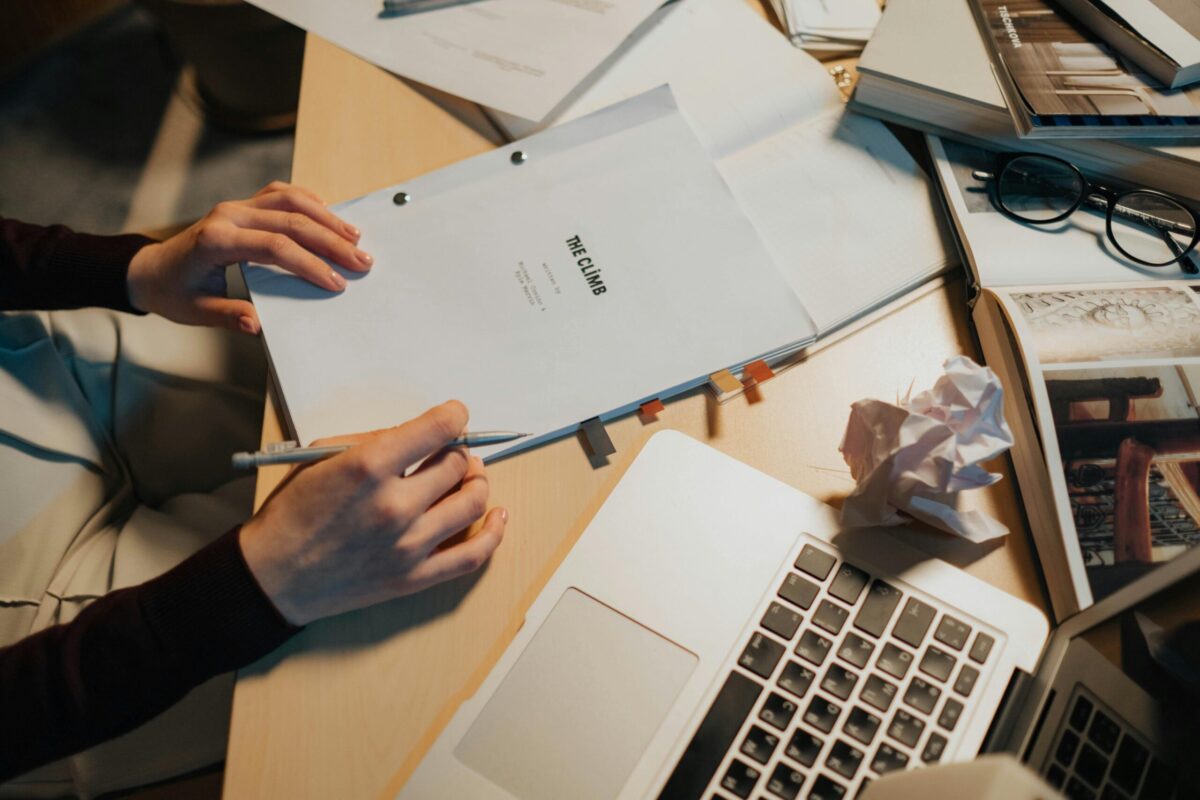
Behind every successful film production is a team of skilled professionals working tirelessly to bring the director's vision to life. From the creative minds shaping the narrative to the technical experts capturing every frame, each member of a production's film crew plays a crucial role in the filmmaking process. Let's explore the most important filmmaking roles and jobs on film sets.
Contents:
SuperScout is your own private location library – upload locations in minutes, tag them with ai in seconds, then search and share with your team
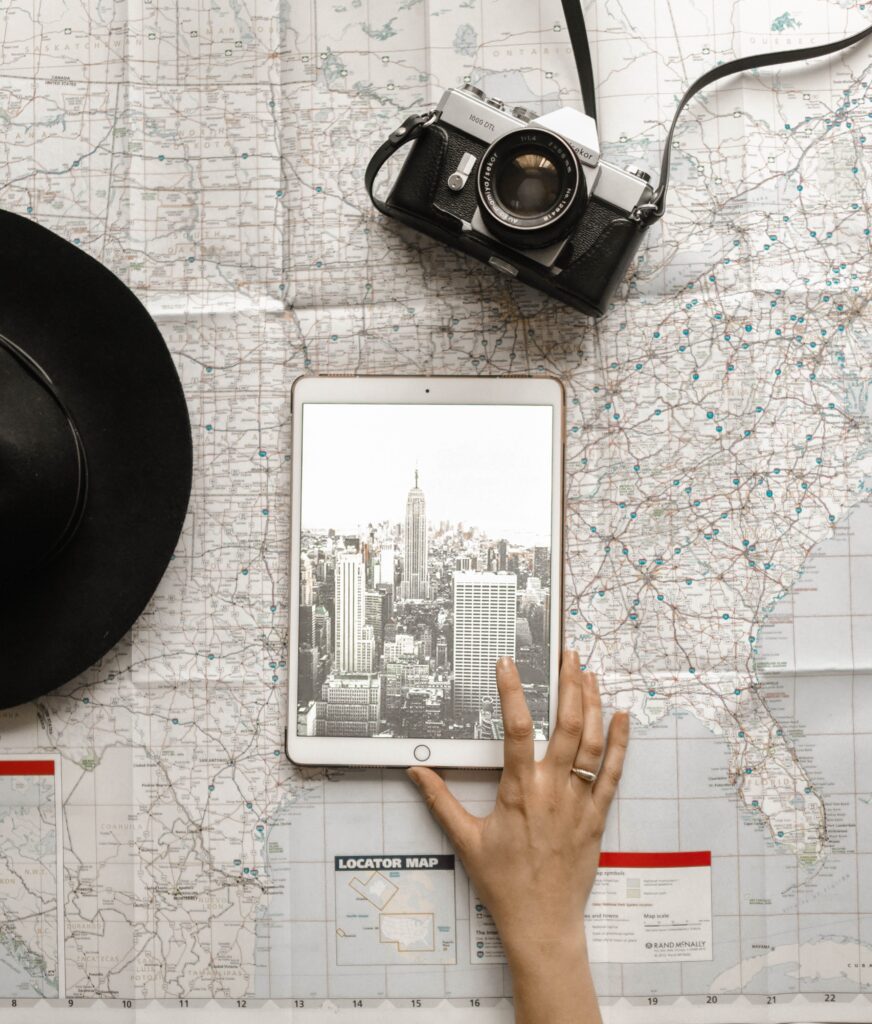
Most film crews will have a hierarchical structure, designed to ensure that collaboration, communication, and effective decision-making all run smoothly throughout the production process. At the top of the pyramid is the director, the captain of the ship who guides the creative vision and directs the actors. Working alongside the director is the producer, responsible for managing the project's budget, schedule, and logistics. Together, they form the backbone of any successful film production.
The director commands the storytelling, visual aesthetics, and overall direction of the film. They work closely with the actors to bring out the best performances and collaborate with other departments to ensure a cohesive vision. From choosing camera angles to guiding the emotional beats, the director's artistic vision shapes the entire film.
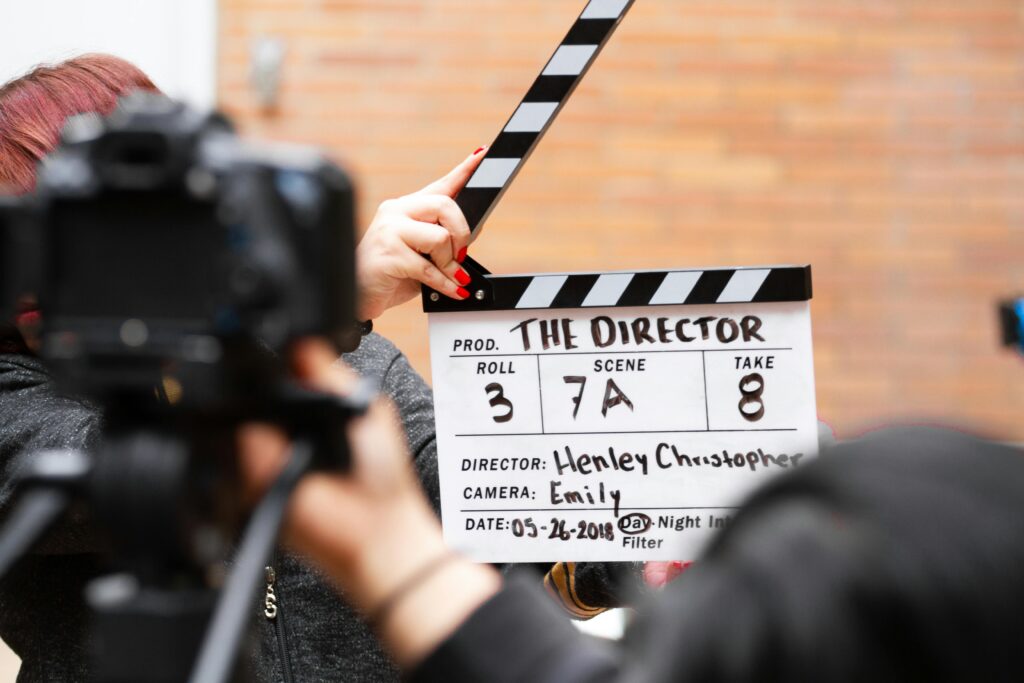
While the director focuses on the creative aspects, the producer tackles the business side of filmmaking. They oversee budgeting, securing funding, and coordinating the logistics of the production. A skilled producer keeps everything on track, ensuring that the director's vision can be realised within the allocated resources.
The film industry relies heavily on a variety of specialised skills and knowledge across different departments. Many jobs on film sets require extensive technical expertise, without which it would be impossible to bring a creative vision to life.
Often referred to as the director of photography, the cinematographer is responsible for capturing the visual essence of the film. The cinematographer oversees shot composition, camera movement, and exposure, ensuring each scene enhances storytelling. They work with various departments, including lighting and art, to create cinematic shots and cohesive visuals.
A camera operator is responsible for capturing the film's visuals by operating the camera during shoots. They follow the cinematographer's directions regarding framing, composition, and movement. Camera operators ensure smooth camera work, manage focus and exposure, and collaborate with the crew to achieve the desired aesthetic for each scene.
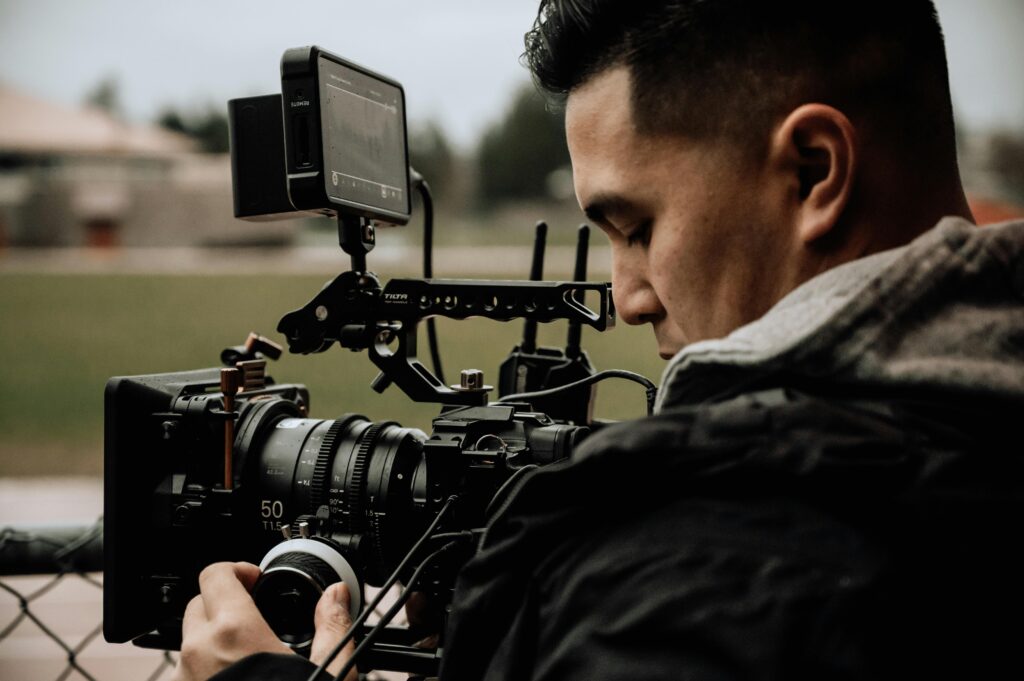
Sound is a powerful tool in filmmaking, and that's where the sound engineer comes in. They capture and mix audio elements, ensuring pristine dialogue recordings and creating immersive soundscapes. From subtle background noises to explosive action sequences, the sound engineer brings the film to life through a symphony of sound.
Once the footage is captured, it's up to the editor to shape it into a coherent and compelling story. They select the best shots, trim scenes, and arrange them in a sequence that flows seamlessly. With their mastery of pacing, rhythm, and storytelling techniques, the editor adds the final polish that brings the film together.
A VFX Supervisor oversees the integration of visual effects in film and television. They collaborate with directors to plan effects, supervise on-set implementation, and guide the post-production team in creating and refining shots. Their expertise ensures that digital elements seamlessly blend with live-action footage, enhancing the overall visual narrative.
Creating the visual world of a film is no small feat. The art department is responsible for designing and constructing the sets, props, and costumes that transport viewers into the story's universe. These particular jobs on film sets require a blend of creativity and technical skill, as professionals collaborate to ensure every detail enhances the film's narrative and aesthetic.
The production designer is the mastermind behind the film's overall aesthetics. They collaborate with the director to create the visual style and feel of the film. They also work closely with the cinematographer to ensure that the lighting and colours complement the overall design, enhancing the mood and atmosphere of each scene. It is a delicate dance between artistry and technicality, where every decision plays a crucial role in shaping the film's visual identity.
Every character in a film has a unique look, and that's the result of the costume designer's expertise.hey delve deep into research, studying historical fashion trends, cultural influences, and character psychology to ensure that each costume is a seamless extension of the character wearing it. Working closely with the director and production designer, they create outfits that not only reflect the character's personality but also contribute to the visual storytelling. Whether it's a period piece or a contemporary setting, the costume designer adds depth and authenticity to the film.
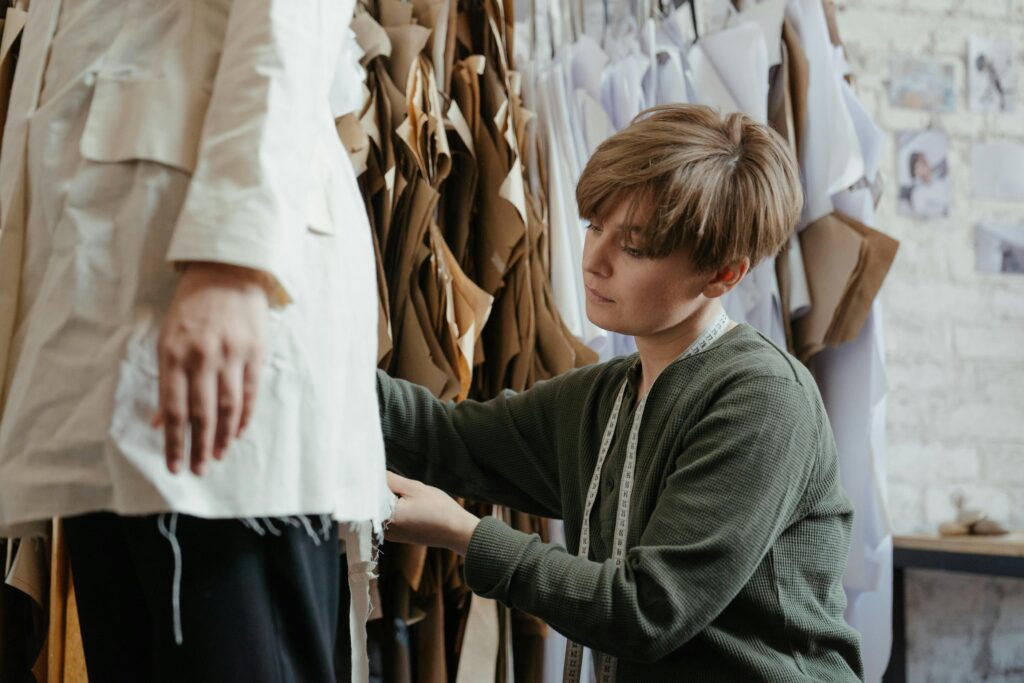
The set designer is responsible for creating the physical environment where a film or television show is filmed. They collaborate with the production designer and director to develop detailed designs and layouts for sets, ensuring that the visual style aligns with the story, mood, and characters of the production. They will often collaborate with the construction department to oversee set construction.
A props master manages all props used in a film or television production. They are responsible for selecting, acquiring, and organising props, ensuring they fit the production's aesthetic and narrative. The props master collaborates closely with the director and art department to understand prop requirements for each scene.
A film project begins long before the cameras start rolling, and there are a variety of essential roles during the pre-production phase that lay the groundwork for a successful shoot. These kids of jobs on film sets are crucial in shaping the film's vision, as key decisions are made during this stage, setting the tone and direction for the film.
The scriptwriter is the architect of the film's story. They develop the script, crafting dialogue, plot, and character arcs that capture the audience's imagination. Through their words, they create the foundation upon which the entire film is built. A skilled scriptwriter not only writes compelling dialogue but also ensures that the narrative flows seamlessly, engaging the audience from start to finish.
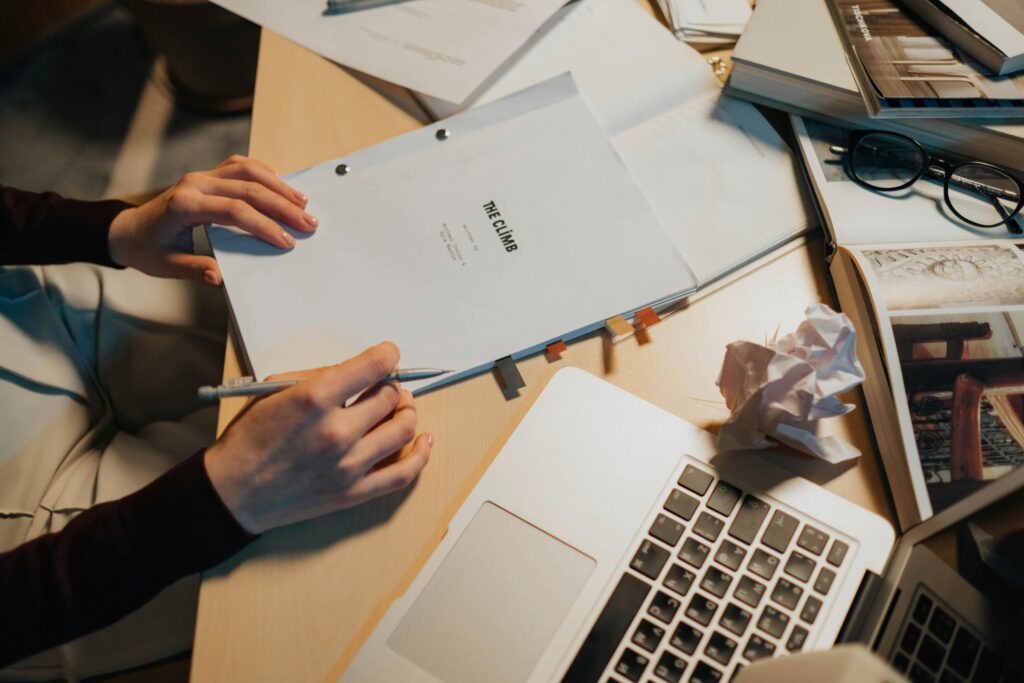
Choosing the right actors to bring the characters to life is a critical task, and that's where the casting director comes in. They scout talent, conduct auditions, and work closely with the director to select the perfect actors for each role. Their keen eye for talent ensures that the film's characters resonate with the audience. They understand the nuances of each role and strive to find actors who not only fit the physical description but also embody the essence of the character.
The location scout is responsible for finding and selecting suitable filming locations for production. This process typically involves researching locations that align with the script and creative vision, visiting locations and conducting location recces, and negotiating rental agreements. Once production starts, the location scout may handover to a location manager who is responsible for the logistical management and coordination of the filming locations during production.
Beyond the jobs on film sets that frequently populate headlines, there are numerous unsung heroes whose contributions are no less important.
The grip is the backbone of the camera department and is responsible for setting up and moving the camera equipment to capture the desired shots. They work closely with the cinematographer, ensuring smooth camera movements, mounting lights, and keeping the production running seamlessly.
The gaffer works closely with the cinematographer, shaping the light that illuminates the scenes. They design and set up lighting rigs, ensuring that the mood and atmosphere align with the director's vision.
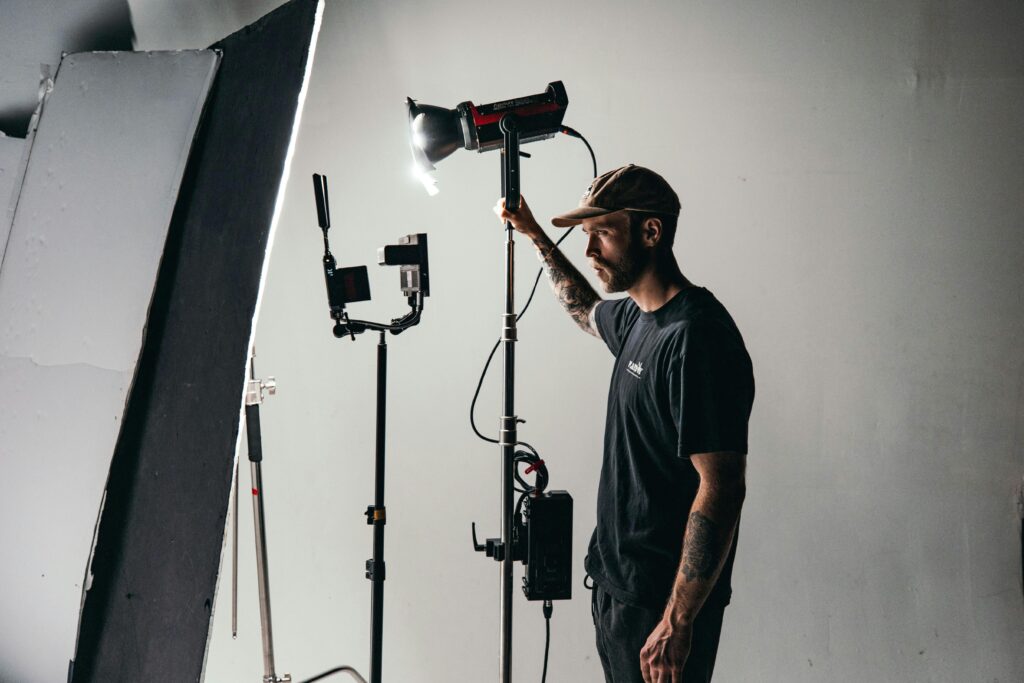
When it comes to jobs on film sets, the production assistants are the Swiss Army knives of the film set. They handle various tasks, from organising paperwork to assisting with equipment setup. Whether it's making coffee for the crew or coordinating logistics, their versatility and dedication keep the production running smoothly.
The script supervisor is responsible for ensuring continuity in the film. They meticulously keep track of each scene, noting any deviations from the script, continuity errors, or technical issues. They work closely with the director, actors, and other crew members to ensure that the story flows seamlessly and that the final product is cohesive.
The boom operator is responsible for capturing high-quality audio on set. They hold a long pole with a microphone attached, known as a boom pole, and position it just out of frame to capture the actors' dialogue. It takes skill and precision to ensure that the microphone is in the right place at the right time, capturing clear and crisp audio without being visible in the shot.
This list is by no means exhaustive, and there are lots of other brilliant filming roles that contribute to the success of production. These jobs on film sets encompass a wide range of talents and expertise, ensuring that every element of the film comes together seamlessly. A film set is a finely tuned machine, with each member of the film crew working in harmony to pull together the final cinematic experience. Next time you sit down to watch a film, take a moment to appreciate the hard work and dedication of all the professionals involved behind the scenes. Lights, camera, appreciation!
SuperScout is your own private location library – upload locations in minutes, tag them with ai in seconds, then search and share with your team

